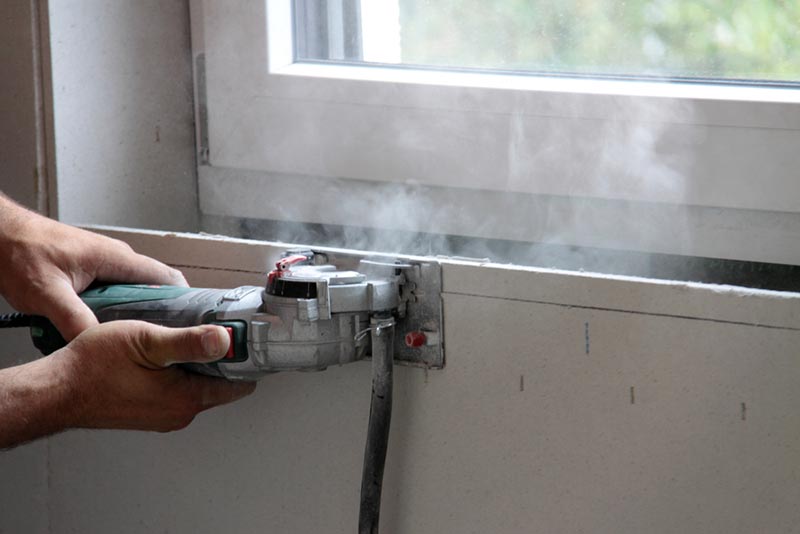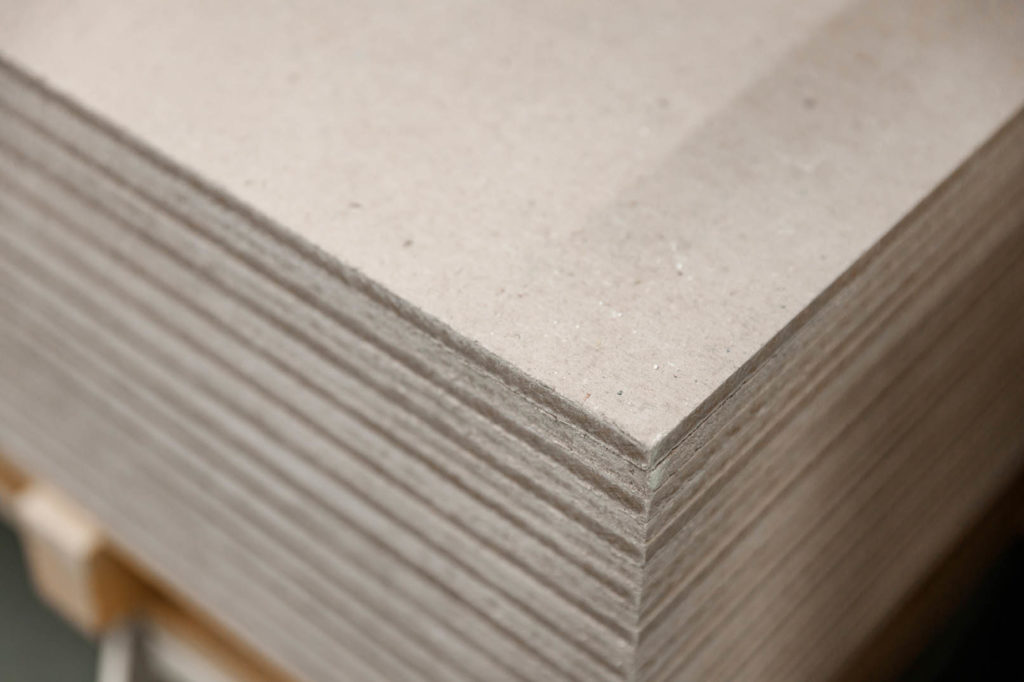Is Drywall Dust Toxic? What You Need to Know!
-
Pete Ortiz
- Last updated:

Drywall is widely used in the construction of both residential and commercial buildings. While drywall dust is not considered toxic, it can still be harmful if inhaled. The dust can contain particles of gypsum, which is a soft mineral that can irritate the lungs. In addition, the dust may also contain other harmful particles, such as lead and asbestos.
What Is Drywall?
Drywall is a construction material made of gypsum board or plasterboard. It is commonly used to make walls and ceilings in homes and offices. Drywall consists of two thin sheets of paper that are attached to a thicker layer of gypsum. Gypsum is a soft mineral used in plaster and blackboard chalk.
Although it is not toxic, drywall can be dangerous if inhaled in large quantities. Drywall dust can irritate the nose, throat, and eyes. It can also cause coughing and difficulty breathing. In severe cases, it can lead to pulmonary edema or fluid build-up in the lungs.
If you’re planning on doing any home renovations that involve drywall, it’s important to take precautions to avoid inhaling the dust. Wear a dust mask and eye protection when cutting or sanding drywall. Wet the area down before you start to minimize the amount of dust that is created. And be sure to clean up thoroughly when you’re finished.

What Do You Do if You Inhale Drywall Dust?
If you have inhaled a significant amount of drywall dust, it is important to seek medical attention right away. The symptoms of choking and difficulty breathing require immediate medical attention.
If you have merely been exposed to drywall dust, there are some things you can do to lessen your exposure and decontaminate yourself. First, remove any clothing that has come into contact with the dust and wash it thoroughly.
Next, take a shower and wash your hair to remove any lingering dust particles. Finally, clean all surfaces in your home that may have come into contact with the dust.
Drywall dust is a nuisance, but it’s not generally considered to be dangerous. However, it’s always better to err on the side of caution and take steps to avoid exposure if possible.
How Do You Protect Yourself from Drywall Dust?
If you’re doing the work yourself, wear a dust mask and eye protection. A good vacuum will also help keep the area clean. If you are hiring someone to do the job, make sure they take these precautions as well.
Another way to protect yourself is to seal off the work area from the rest of your home. This will keep the dust from spreading and making things worse.
Finally, be sure to clean up thoroughly when the job is done. This means vacuuming, wiping down surfaces, and maybe even using a damp mop on the floor. Don’t forget to wash your clothes, as well!
If you’re not comfortable working with drywall and drywall dust, consider hiring a professional from Angi. Angi can help you find the right person for the job, and they’ll even clean up afterward so that you don’t have to worry about the risk of breathing in drywall dust.
Consult a DRYWALL expert
Find a drywall specialist in your area, and get free, no-commitment estimates for your project.

Conclusion
Drywall dust is not toxic, but it can be a nuisance. If you are concerned about coming into contact with or breathing in drywall dust, get in touch with a professional contractor to have the job done safely.
If you do work with drywall dust, it is important to give your hands, face, and clothing a thorough washing afterward. You should also avoid touching your face or eyes before washing your hands, as drywall dust can cause irritation.
Featured Image Credit By: Stefan Weis, Shutterstock
Contents


